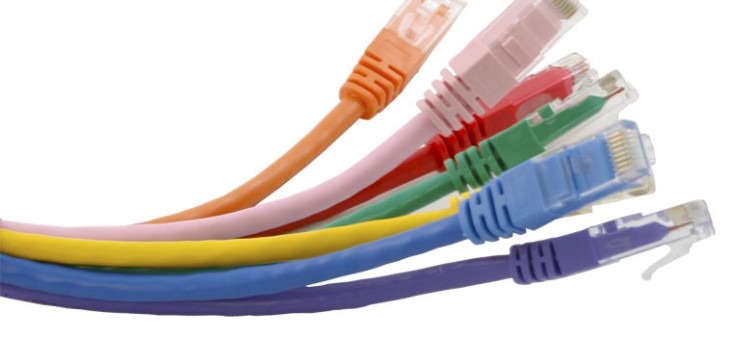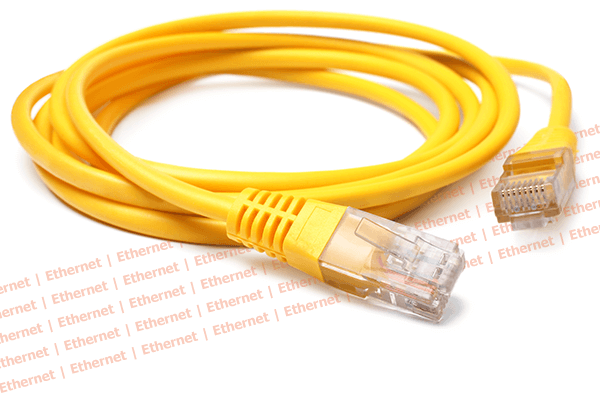

When it comes to cables, it’s easy to get lost in a techy world of Ethernet cable types, their uses, and the best ethernet cables out there.
So if you’re struggling to know your Cat5e from your crossover cable, this handy go-to cable guide will help reduce any cabling headache.
What Is An Ethernet Cable?
An Ethernet cable is a very popular type of network cable which is used for wired networks (a network type which connects devices to the Internet or other networks using cables).
They are used to connect devices located on local area networks (LANs), such as routers, PCs and switches.
One of the most common wired networks use cables which are connected via Ethernet ports on network routers and computers or other devices.
Ethernet Cable Types
Most Ethernet cables are designed to connect a computer to a router or switch. Ethernet cables come in a range of types that are defined by the Electronic Industries Association and Telecommunications Industry Association.
Ethernet cable types include Category 5e and Category 6 – commonly abbreviated to ‘Cat5e’ and ‘Cat6’ respectively.
Cat5e Cables
This type of cable is considered the most popular of the twisted pair Ethernet cable types and consists of four pairs of copper wires.
The fifth generation twisted pair Ethernet technology enables fast speeds of up to 100 Mbps (megabit per second) to be achieved.
It is recommended that Cat5e cables are restricted to a maximum run length of 100 metres.
Cat6 Cables
This type of cable is known as the sixth generation of the twisted pair Ethernet cabling, and consists of four pairs of copper wires, as with the CAT 5e category.
Cat6, however, makes full use of all four pairs of copper wiring, and can achieve speeds of up to 1 Gbps (gigabit per second) and boasts twice the speed of CAT 5e cables.
This type of cable also supports Gigabit Ethernet due to its high performance, with an enhanced type available (CAT 6a) that can achieve speeds of up to 10 Gbps.
It is recommended that Cat6 cables be restricted to a maximum run length of 100 metres.
Solid Vs Stranded
Twisted pair cables come in either solid or stranded variations, which refers to the copper conductor found within the cable:
Solid – best suited to long horizontal lengths. They are more robust and durable, making them an ideal choice for exteriors, building into walls and for permanent installations.
Stranded – more of a bendable category type and suitable for portable uses and cabling that requires more flexibility. Use a stranded type if the cable will be moved around often.
Shielded Vs Unshielded
Due to Ethernet cables being twisted, shielding can help to protect cables even further. Shielded cables are more suitable for cables that are run outdoors or inside walls (where there is high interference), whereas unshielded cables are suitable for interior domestic use.
Crossover Cable
This specialist Ethernet cable type enables a direct connection between two computing devices via their Ethernet ports.
Copper-based, twisted pair crossover Ethernet cables are available in Cat5e and Cat6 types.
The development of Auto-MDIX (automatic medium-dependent interface crossover) technology had reduced the need for this type of cable.
This detects whether a crossover or straight-through cable is required, and makes the automatic changes accordingly.
Clearer About Cables?
So there you have it. A brief, no-nonsense rundown of Ethernet cable types and their uses. Happy networking.
If you require any further information on these or any other products that we stock here at Comms Express, please do not hesitate to contact our team who will be only too happy to help.
Until next time…
